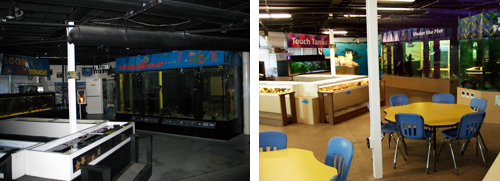Today’s blogger is Kirsten James, Heal the Bay’s water quality director.
All too often when I mention the topic of TMDLs (Total Maximum Daily Loads), people’s eyes start to glaze over. What’s a TMDL you ask? It’s a calculation of the maximum amount of pollution that a waterbody (river, lake or the ocean) can handle before it can no longer meet its beneficial uses (i.e. habitat and recreation). Yawn, yawn – I know.
I swear though, TMDLs are actually very interesting. By developing and implementing TMDLs, water quality improves. In fact, TMDLs are arguably the most useful tool in the Clean Water Act toolbox environmental groups like ours have to actually clean up Southern California’s coastal waters and watersheds.
The Los Angeles Region has led the way nationwide in developing TMDLs. Thirteen years ago Heal the Bay, NRDC and Santa Monica Baykeeper entered into a settlement agreement with USEPA to develop a specified number of TMDLs over the 13 year period. Before that time, we hadn’t seen any quantitative or enforceable limits developed. This month marks the end of this consent decree. As a result of this effort, 47 TMDLs have been established for 175 water bodies that address numerous pollutant impairments including elevated bacteria, metals, pesticides, PCBs and trash. But most importantly, as a result of these TMDLs, our creeks and beaches are cleaner.
We still have a long way to go – many of the TMDLs will be implemented for years to come and Heal the Bay will continue to push the Regional Water Quality Control Board to ensure that the necessary TMDLs are enforced. But it is gratifying to look back over the past 13 years and see that our hard work and the efforts of many other stakeholders has paid off.




